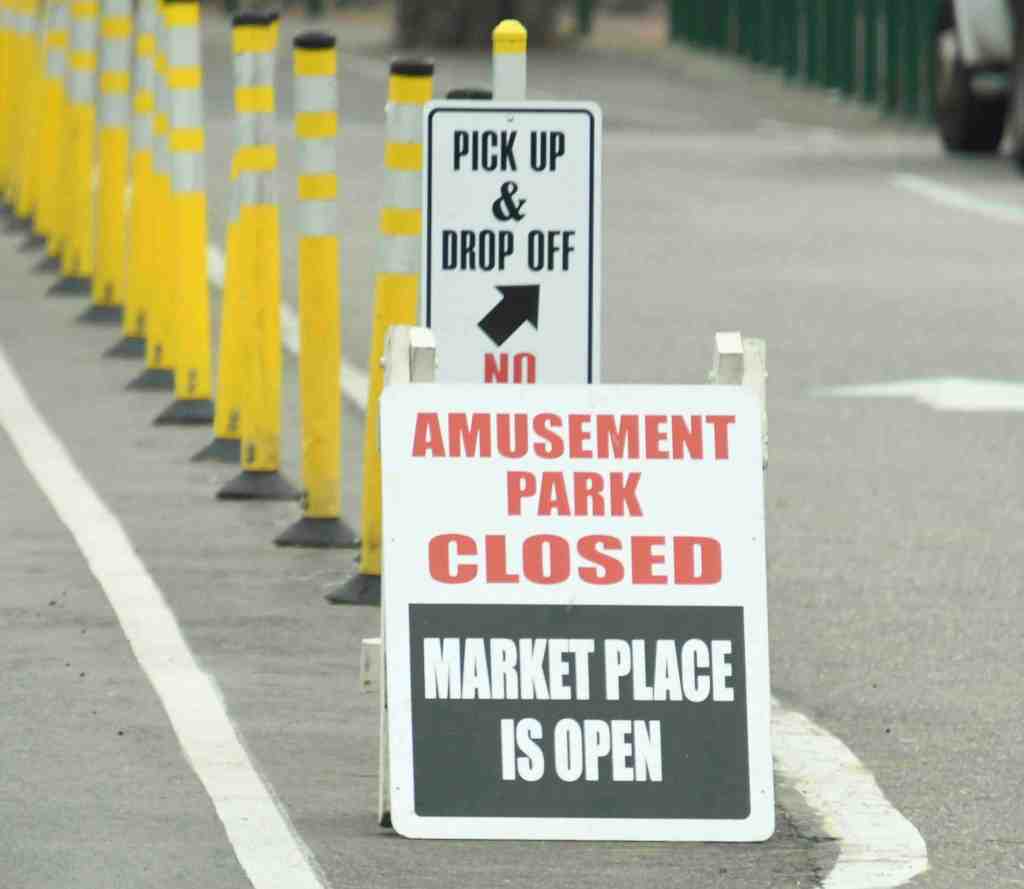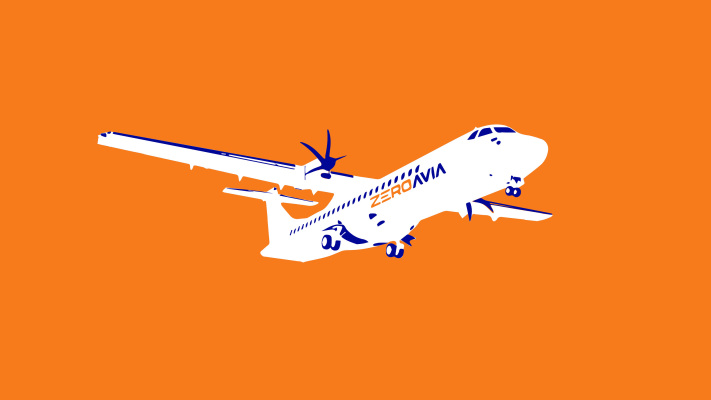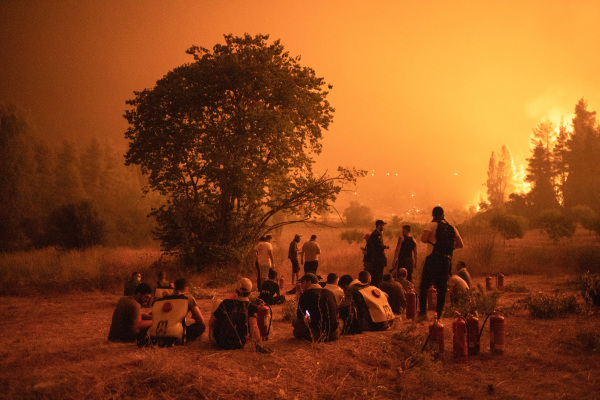I am in no rush for California’s amusement parks to get back to business.
It’s not that I don’t like theme parks. There was a time in my life, when my kids were far younger, when I was a Disneyland annual passholder.
While I may be a tad cautious about my own full return to a pre-pandemic lifestyle, I fully believe Disneyland, Universal Studios, Knott’s Berry Farm and the rest of the theme park business can operate in healthy and safe ways for their visitors.
But those visitors are also the challenge facing the tourism business in the pandemic age. “Attractions” – the business of attracting people – flies in the face of encouraging limited social engagement.
If they’re open, folks will choose whether to visit an amusement park or not. But what of the citizens who live, work or play nearby who may face newly crowded streets and neighborhood facilities?
Roadmap needed
The theme park industry – battered by six months of pandemic lockdowns — is now turning up the heat on Gov. Gavin Newsom.
Park operators are particularly incensed that the state has yet to issue guidelines needed for the industry to operate in the pandemic age. Those new safety standards — from attendance limits to ride capacities to how often surfaces are scrubbed down — provide the roadmap for park operations and staff training.
The parks have many loyal fans eager to return to their favorite attractions, if for no other reason as to get some feeling of normalcy. That anticipation is shared by neighboring shops, eateries and hotels that handle the needs of visitors after their last ride of the day is done. Parks and associated businesses have thousands of employees out of work. This is a jobless flock needing paychecks as they watch stimulus benefits shrink or be eliminated.
Oh, and did I mention the municipalities that are eager to collect various taxes on the transactions these crowds can produce?
Yes, we’re talking big business here. If a theme park was simply a massive factory with thousands of workers, reopening might be fairly straightforward.
However, the tourist business brings in a different crew of visitors daily. Off of the park grounds, virus-mitigation chores fall outside of the industry’s realm.
You see, lockdowns followed by business loosenings actually encourage movement — to the newly reopened economies, says a recent report from the MIT Initiative on the Digital Economy. The group came to those conclusions after calculating population movement earlier this year by tracking usage of mobile devices and social media.
“The problem is that uncoordinated state reopenings, and even closures, create massive travel spillovers that are spreading the virus across state borders.” said the study’s co-author Sinan Aral. “If we continue to pursue ad hoc policies across state and regional borders, we’re going to have a difficult time controlling this virus, reopening our economy, or even sending our kids back to school.”
Sunshine state
Some tourism folks point to “successful” reopenings of tourist attractions in Florida as reasons for optimism for California theme parks.
I look at a broader picture – Florida’s dismal pandemic record – and get antsy about widespread reopening policies.
Note that among the 10 most-populated states, only North Carolina has a per-capita death rate lower than California’s. And Florida’s statewide coronavirus tally — both case count and pandemic-related deaths on a per capita basis — are two-thirds higher than California’s.
And for that higher level of illness, Florida hasn’t outperformed California — economically speaking — by much in the pandemic era.
Let’s look at unemployment rates. In July, California was at 13.3%, sixth-worst in the nation. Florida was at 11.3%, 11th highest.
Yes, the Los Angeles-Orange County region had a 16.8% jobless rate in July, the nation’s high among big metro areas. But who was fifth-worst? Florida’s theme park hub of Orlando at 15.3%.
Risk comes with any business reopening in the pandemic era. Society can’t stay locked down forever. But pandemics, by their spreading nature, are unkind to tourism. Even reopening theme parks won’t be an instant cure as many folks will stay close to home until there’s more pandemic-fighting progress.
So, I feel for Newsom and Florida Gov. Ron DeSantis who must make what amount to life-and-death decisions juggling commerce and the coronavirus.
But as I said, I am in no hurry for California to reopen these major tourist attractions. I am quite aware the theme park industry strongly disagreess.










